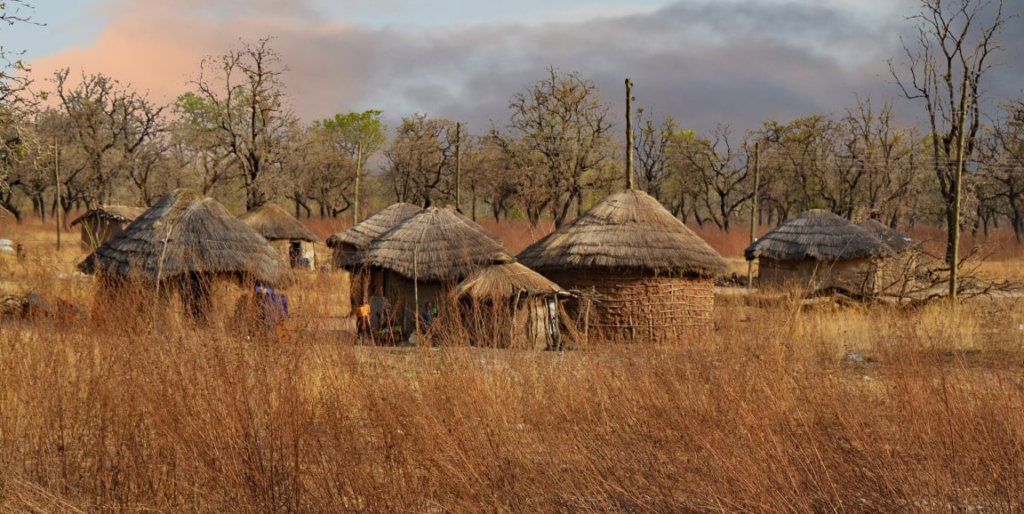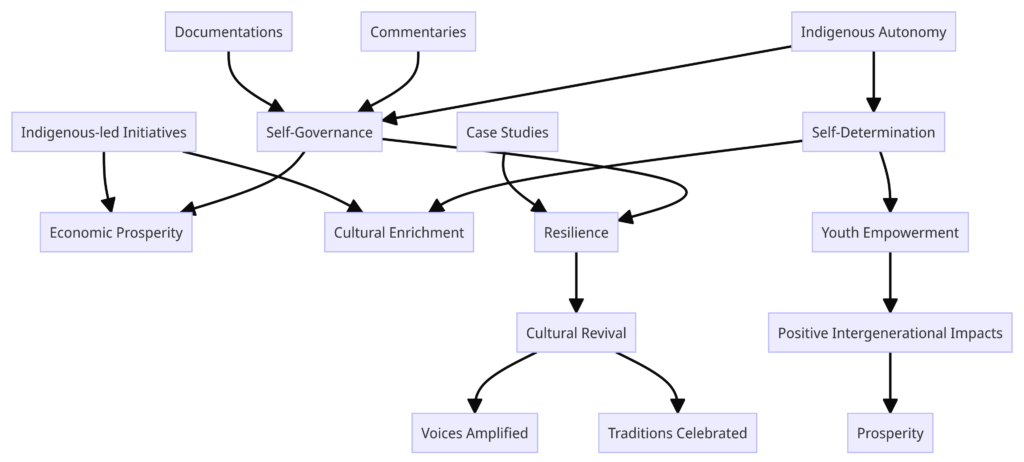Unlocking Insights: The German Socio-Economic Panel (SOEP) and Canada’s Economic Odyssey

In the vast landscape of economic ponderings, the German Socio-Economic Panel (SOEP) study emerges as a beacon, shedding light on the potential synergies between Germany’s economic endeavors and Canada’s pursuit of socio-economic prosperity. This article aims to unravel the layers of this study, exploring how it can be the magical elixir Canadian policymakers need for concocting sustainable policies.
Diving into the SOEP Treasure Trove
Understanding SOEP
Let’s first decode the enigma that is SOEP – what makes it the cool kid in the socio-economic block? Well, it’s an annual longitudinal study, a bit like a soap opera but without the drama. This bad boy continuously updates us on the twists and turns in the economic and social rollercoaster, making it a goldmine for policymakers.
Canada and Germany: A Socio-Economic Odd Couple
In this unlikely love story, Canada and Germany find common ground amidst their differing demographics and geographies. They share the same headaches: technological change, regional quirks, climate jitters, and the eternal question – what does the future of work look like post-pandemic?
Lessons from the German Techno-Symphony
The AI and Robo Tango
Picture this: AI, automation, and robots having a dance-off. Germany has aced the moves, and Canada could sure use a lesson or two. By tapping into German expertise, Canada might just be the John Travolta of the socio-economic dance floor – smooth transitions, quality of life grooves, and minimal social disparities.
Regional Harmony: More than Just a Melody
Germany’s regions are like an economic playlist, each with its unique tune. Canada, with its diversity, can take notes on how Germany orchestrates economic development while preserving local cultural beats. It’s not just about the money; it’s about the cultural rhythm, baby!
Greening the Economic Landscape
Eco-Friendly Germany: A Breath of Fresh Air
Germany’s green thumb in renewable energy is the stuff of legends. Canada, with its commitment to the Paris Agreement, might want to steal a leaf – or should I say, a solar panel – from Germany’s book. Climate sustainability is not just a trend; it’s the new black.
Comparisons: A Game of Economic Chess
Comparing Apples to Schnitzels
While comparing countries isn’t as straightforward as comparing your morning fruit choices, it does spark intriguing questions. How does Germany’s sausage of economic policies compare to Canada’s maple syrup of strategies? Thought experiments, anyone?
Strategic SOEP: The Canadian Power-Up
SOEP isn’t just a study; it’s a power-up for Canadian decision-makers. Armed with German data, they can make political choices that are not just forward-looking but forward-dancing. It’s like having a crystal ball, but cooler and more statistically significant.
The Longitudinal Lens: Navigating the Canadian Odyssey
Short-Term Temptations vs. Long-Term Triumphs
In the world of quick fixes, the SOEP study is the wise elder, advocating for the long game. Sure, short-term gains may look tempting, but the real treasure lies in the longitudinal lens. It’s the marathon, not the sprint, Canada.
Conclusion: SOEP – The Socio-Economic Oracle
In the grand spectacle of socio-economic theatrics, tools like SOEP are the unsung heroes. They offer a backstage pass to the complexities of our economic drama, guiding us towards tailored solutions for unique problems. Canada, buckle up, because SOEP might just be your economic superhero cape.
FAQs: Decoding the SOEP Magic
- What makes SOEP different from other studies? SOEP is not a one-hit wonder; it’s an annual shindig that keeps on giving, providing a dynamic snapshot of the ever-changing socio-economic landscape.
- How can Canada benefit from Germany’s experiences? By learning from Germany’s economic ballet – gracefully navigating technological shifts, preserving regional flavors, and tangoing with green energy.
- Why compare countries? Isn’t each unique? Absolutely, but comparisons spark critical questions, pushing us to rethink policies and innovate for a brighter socio-economic future.
- What’s the secret sauce to SOEP’s effectiveness? It’s the mix of data richness, longevity, and an annual rendezvous with economic and social nuances that makes SOEP a potent concoction.
- How can Canada balance short-term gains and long-term goals? The secret lies in embracing the marathon mindset, where SOEP becomes the trusted compass guiding Canada through the twists and turns of its economic odyssey.
Sources:
DIW Berlin: Research Projects – The Socio-Economic Panel (SOEP) is the largest and longest-running longitudinal survey. It offers a wide array of data points crucial for socio-economic research and policy-making analysis. DIW Berlin Research Projects 25 Waves of the German Socio-Economic Panel (SOEP) – This research paper presents findings based either directly on the SOEP data, enriching any socio-economic and policy-making research endeavors. 25 Waves of SOEP The German Socio-Economic Panel Study (SOEP) – A downloadable source by Gert G. Wagner, Joachim R. Frick, and Jürgen Schupp that offers an insightful abstract on the SOEP, particularly relevant to those studying patterns for policy-making purposes. SOEP Study The German Socio-Economic Panel Study (SOEP) – Another series that showcases research findings based on data from the SOEP which can be particularly informative for Canadian policymakers looking for longitudinal data to inform policy. SOEP Study Series 25 Waves of the German Socio-Economic Panel (SOEP) – This PDF details the usefulness of the SOEP in providing representative data records on Germany’s population, relevant to interdisciplinary research and comparative studies with Canadian data. ResearchGate 25 Waves of SOEP





















